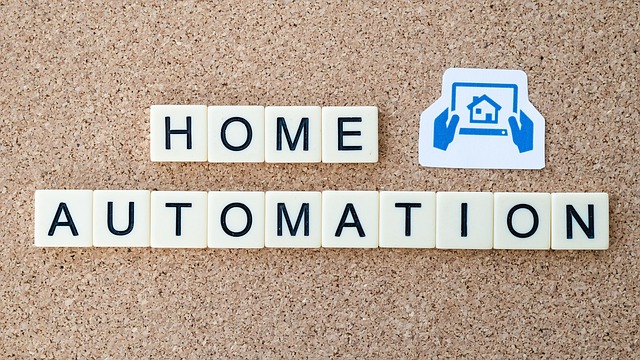
Defending Your IT Assets: Securing Smart Devices in the Age of Information Technology
In today’s rapidly evolving technological landscape, the emergence of smart devices has transformed the way we interact with our environment. From smart thermostats that optimize our energy use to voice-activated assistants that streamline our daily tasks, these innovations promise unparalleled convenience and efficiency. However, as they become more integrated into our lives, the importance of smart device security becomes paramount. With the benefits they offer, the risks associated with inadequate security measures can take a toll on both personal privacy and organizational integrity.
Imagine waking up one morning to find that your smart home system has been compromised. Suddenly, your thermostat is artificially set to extreme temperatures, or your security cameras are streaming footage to an unknown source. Scenarios like these may seem far-fetched, but they are increasingly plausible in our interconnected world. The rise of informational technology has not only connected smart devices but has also exposed them to a variety of cyber threats. Thus, protecting these assets is crucial for safeguarding both individual privacy and corporate data.
As IT professionals and everyday users alike, we must take a proactive approach to securing our smart devices. This involves more than just changing default passwords; it requires understanding the digital landscape and adopting best practices. Regular software updates, robust security protocols, and encryption methods are essential in fortifying these devices. Additionally, implementing network segmentation can help isolate devices and reduce the risk of a single point of failure compromising an entire system.
The rise of the Internet of Things (IoT) has introduced a multitude of connected devices into our homes and workplaces. Each smart device, while convenient, can become a gateway for cybercriminals if not properly secured. The first line of defense in smart device security is awareness. Users must educate themselves about the potential vulnerabilities associated with their devices and take the necessary steps to protect them. This knowledge empowers individuals and organizations to make informed decisions when selecting, configuring, and managing smart technologies.
Moreover, organizations need to prioritize cybersecurity training for employees who interact with smart devices on a regular basis. Creating a culture of security-aware individuals can significantly reduce the risk of human error, which is often a major factor in security breaches. By fostering an environment where cybersecurity is a shared responsibility, companies can mitigate threats and enhance the overall security posture in the age of informational technology.
A significant aspect of smart device security involves assessing third-party vendors that provide smart solutions. Often, these devices rely on cloud services, which adds yet another layer of potential vulnerabilities. Organizations must evaluate the security measures of their vendors and ensure that they adhere to stringent data protection standards. Collaborating with trusted partners enhances overall security and reinforces the importance of a comprehensive approach to IT security.
In the ever-evolving digital world, the defense of your IT assets—especially your smart devices—should be an ongoing commitment. Adaptability to new threats and trends in cybersecurity is key. As technology advances, so do the tactics used by malicious actors. Remaining vigilant and flexible in your security measures will help safeguard against the multitude of risks present in today’s interconnected age. Remember, securing smart devices is not just about protecting technology; it’s about preserving trust, privacy, and the integrity of our connected lives.



